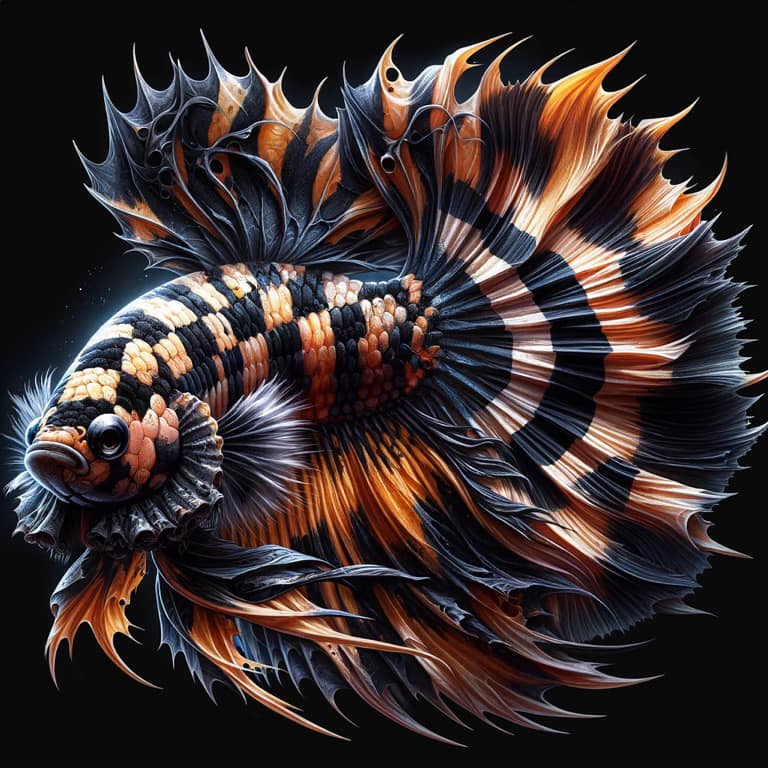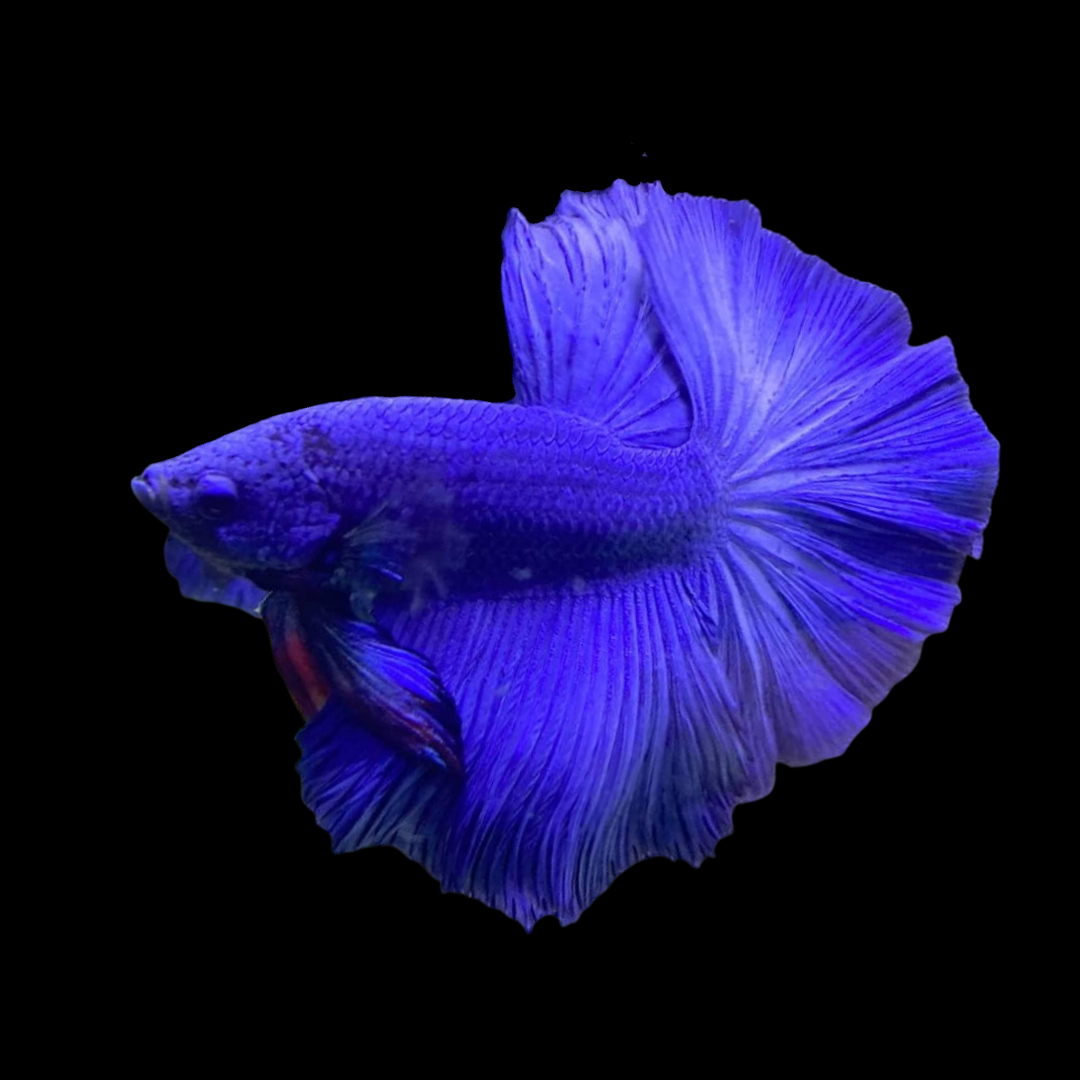Understanding Betta Fish Habits: What Every Proprietor Must Know
Wiki Article
How to Reproduce Betta Fish Effectively: Expert Strategies and Insights for Hobbyists Seeking To Increase Their Betta Collection
Breeding Betta fish needs a nuanced understanding of genes and environmental conditions, making it crucial for enthusiasts to approach the process with both diligence and treatment. Developing an optimum breeding atmosphere, choosing the best sets, and observing the details of their courtship behaviors are foundational steps that can substantially influence the end result.Understanding Betta Fish Genetics
Comprehending the genes of Betta fish is vital for effective breeding, as it influences qualities such as shade, fin form, and habits. Betta fish show a varied selection of shades and patterns, largely determined by their genetic makeup. The key genetics in charge of coloration include the "B" genetics for blue, "D" gene for red, and the "C" gene for color strength. Breeders can adjust these characteristics by picking specific moms and dad fish that show wanted features.Along with coloration, fin morphology is another substantial element of Betta genetics (betta fish). The shape and dimension of fins are affected by various genetics, consisting of those that figure out whether the fins are short, long, or veil-shaped. Understanding these hereditary variations helps dog breeders anticipate the phenotypic results of their children
Furthermore, behavior qualities such as aggressiveness and territoriality can also be affected by genetics. These actions play a crucial role in the reproducing process, as they can influence generating success and the overall personality of the resulting fry. By thoroughly understanding these hereditary principles, dog breeders can make informed choices, eventually boosting their breeding programs and attaining preferable results.
Preparing the Reproduction Environment
Developing an optimal reproduction environment is crucial for the successful recreation of Betta fish. The very first step in preparing this setting is to choose an appropriate reproduction tank, preferably ranging from 5 to 10 gallons. This size permits sufficient swimming room and the establishment of territories. The storage tank should be furnished with a heater to keep a steady temperature level between 78 ° F and 80 ° F, which is critical for encouraging generating actions.Next, consider using a sponge filter or an air rock to give gentle water blood circulation without creating strong currents that can worry the fish. It is necessary to mount plants or breeding cones to offer hiding areas and promote convenience for the woman throughout the spawning procedure. Drifting plants, such as Java moss or water sprite, can also produce a much more all-natural atmosphere while facilitating bubble nest building by the male.
Before introducing the breeding pairs, ensure the water is conditioned and without damaging chemicals, such as chlorine or heavy metals. betta fish. Regular water changes should be conducted to maintain optimal water quality, enhancing the chances of effective reproduction. With these prep work in position, the reproducing environment will support the wellness and health of both Betta fish
Picking Reproduction Pairs
Choosing the best breeding pairs is crucial for achieving effective Betta fish recreation. When selecting your reproduction sets, take into consideration a number of essential elements including wellness, personality, and genetics. Healthy Betta fish show lively colors, clear eyes, and energetic behavior. Picking fish that are without illness guarantees a better opportunity of creating practical spawn.Character is another crucial consideration, as Betta fish are understood for their hostile nature. It is recommended to choose a male and woman that display suitable temperaments to decrease stress throughout the breeding process. A calm male can urge a smoother courtship, while a woman that is also hostile might interrupt the procedure.
Hereditary background additionally plays a considerable duty in the quality of the spawn. Breeding fish that are genetically diverse can lower the risk of genetic health problems and boost the overall vitality of the fry. It is helpful to research the lineage of both the man and female, concentrating on preferable traits such as fin type, shade patterns, and dimension.
The Breeding Process
The reproduction procedure of Betta fish calls for careful planning and focus to information to guarantee an effective end result. Initially, it is important to prepare an ideal reproduction tank, ideally a 5-10 gallon aquarium with a temperature preserved at 78-80 ° F. The tank ought to be furnished with a heating system, filter (ideally sponge kind to stay clear of solid currents), and plenty of marine plants for the lady to hide.When the atmosphere is established, present the chosen reproducing set to the container, permitting them to accustom. Observe their habits; the male will show fancy courtship rituals, including flaring his fins and developing a bubble nest. If the female shows interest, she will display upright red stripes showing preparedness for spawning.
When the lady is responsive, the set will engage in a mating visit embrace, throughout which the male feeds the eggs. It is critical to check their communications carefully, as the male might end up being hostile. After generating, remove the woman to avoid possible harm. The man will have a tendency to the eggs, which generally hatch out within 24-36 hours. Maintaining ideal water conditions throughout this period is these details crucial for the development of healthy and balanced Betta fry.
Taking Care Of Betta Fry

Feeding Betta fry is vital, as they call for a diet high in protein. They can be fed infusoria or fluid fry food, transitioning to carefully smashed top quality pellets as they grow. Feed little parts numerous times a day to urge healthy and balanced development without overloading the tank with uneaten food.

As they develop, monitor their development closely and divide any hostile individuals to protect against damage. By providing a supporting environment and proper nutrition, hobbyists can efficiently increase Betta fry into vivid, healthy and balanced fish, eventually enhancing their breeding endeavors.
Final Thought
Effective Betta fish reproduction advice requires thorough focus to hereditary option, environmental problems, and care for the fry. By recognizing the genetics of Betta fish and preparing a suitable breeding setting, enthusiasts can improve the opportunities of producing lively, healthy and balanced offspring. Choosing suitable reproduction pairs and carefully checking the courtship and generating procedures are important. Giving optimal care for the fry ensures their healthy advancement, adding to a growing Betta collection.Report this wiki page